Search
Remove Ads
Advertisement
Summary 
Loading AI-generated summary based on World History Encyclopedia articles ...
Search Results
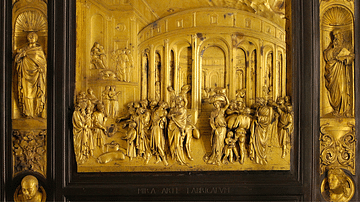
Definition
Lorenzo Ghiberti
Lorenzo Ghiberti (1378-1455 CE) was an Italian Renaissance sculptor and goldsmith whose most famous work is the gilded bronze doors of the Baptistery of Florence's cathedral. These doors, which took 27 years to complete, were so impressive...
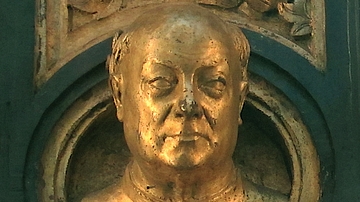
Image
Portrait of Lorenzo Ghiberti
A self-portrait by Lorenzo Ghiberti (1378-1455 CE). Gilded bronze. From the east doors of Florence’s Baptistery of San Giovanni. Made from 1425 CE.
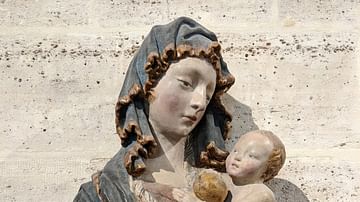
Image
Virgin and Child, by Lorenzo Ghiberti
Virgin and Child, polychrome stucco by Lorenzo Ghiberti (1378-1455) or his employees. Made in Florence after a model that may date from 1420-1425.
Louvre Museum, Paris.
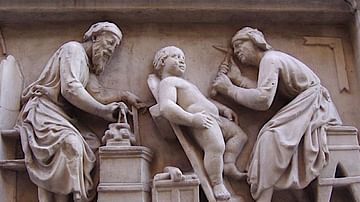
Article
Life in a Renaissance Artist's Workshop
The majority of great Renaissance works of art were produced in large and busy workshops run by a successful master artist and his team of assistants and apprentices. Here, too, more mundane art was produced in larger quantities to meet the...
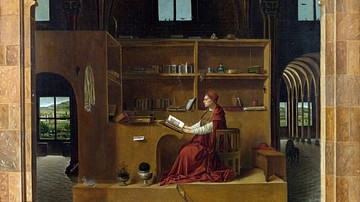
Definition
Renaissance Art
The art of the Renaissance period in Europe (1400-1600 CE) includes some of the most recognisable and best-loved paintings and sculptures in the world. Masters were often skilled in both painting and sculpture, and by studying the art of...

Definition
Filippo Brunelleschi
Filippo Brunelleschi (1377-1446 CE) was an Italian Renaissance architect, goldsmith, and sculptor, who is most famous for his work on the cathedral of Florence and its impressive soaring brick dome, completed in 1436 CE. Considered one of...
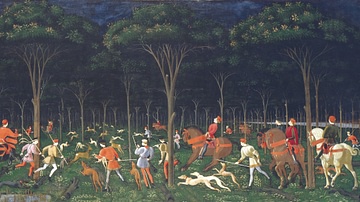
Definition
Paolo Uccello
Paolo Uccello (1397-1475 CE), real name Paolo di Dono, was an Italian painter who is considered one of the founding fathers of Florentine Renaissance art. Uccello was one of the earliest artists to attempt certain tricks of perspective in...
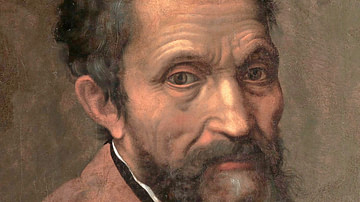
Definition
Michelangelo
Michelangelo (1475-1564 CE) was an Italian artist, architect and poet, who is considered one of the greatest and most influential of all Renaissance figures. His most celebrated works, from a breathtaking portfolio of masterpieces, include...
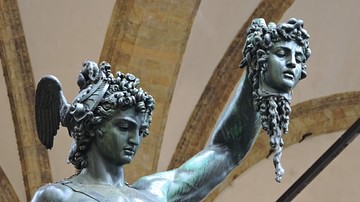
Definition
Benvenuto Cellini
Benvenuto Cellini (1500-1571 CE) was an Italian Renaissance sculptor, medallist, and goldsmith whose most famous works today include the bronze statue of Perseus holding the head of Medusa, which now stands in Florence, and a magnificent...
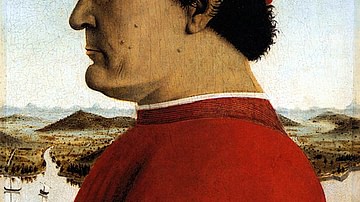
Article
Patrons & Artists in Renaissance Italy
During the Renaissance, most works of fine art were commissioned and paid for by rulers, religious and civic institutions, and the wealthy. Producing statues, frescoes, altarpieces, and portraits were just some of the ways artists made a...